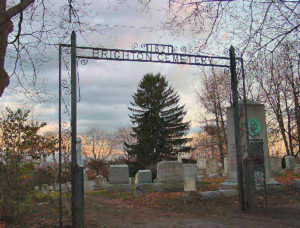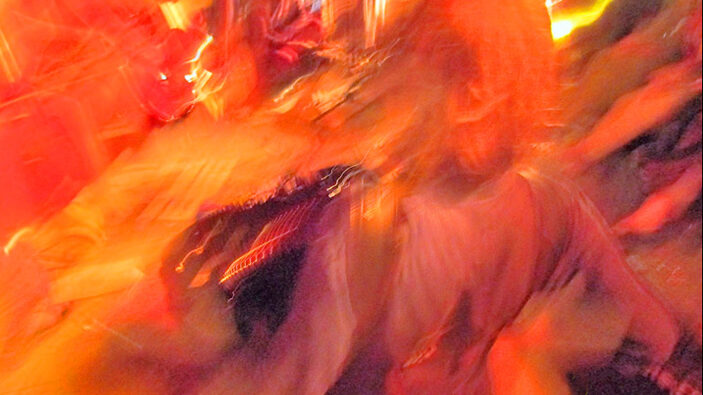Adventure; something we seek every day of our lives. At first we travel close to home, then expand our quests to regions further and further away, perhaps on land sea or endure the many trials of flight and even endure long flights to pursue the stories, histories and unimaginable discoveries world round. But expecting to find new mysteries right in ones hometown is often unexpected, perhaps a result of happenstance, not planning. One brisk but sunny October day in Rochester, NY, this is what we found.
Our neighbor in our Loft hideaway in Rochester, NY announced that they were moving to a house on a street that is hidden away adjacent to an expressway named Hoyt Place. My husband remembers the street and periodically pointed it out to me as we passed by. As a youngster he rode his bike through there but we did not go do our own sightseeing until our neighbors suggested we drive by and view their new and fascinating home, one of just 3 on the street. Next we trudged through deep piles of fallen autumn leaves and found the small, mysterious and hidden Brighton cemetery still reining over the dense forest floor and began to explore some of its “residents.”

The cemetary we learned dates back to 1821 then located in the 21st ward of Rochester. In 1905 the original village of Brighton was established including the cemetery, annexed by the city of Rochester. Brighton is still one of the upscale burbs of Rochester. The site housed a brick church also built in 1821 but burned down in 1867 started by a flaming shingle probably launched by a wind gust. The Erie Canal was built in 1825 flowing on the NE side of Hoyt Place. Now traffic flows by on the expressways built in the 50’s. It would take more than a “message in a minute” to recite the long history of the site, where many well known residents were buried, where people had their picnic lunches among the tombstones and couples holding hands walked in search of names they knew.
to read more go to http://www.rochesterhistoryalive.com/brighton_cemetery.htm
We followed suit and holding hands walked in search of names as well. One particular family grave caught our attention. As soon as we arrived home and removed our shoes, damp and a bit more colorful from the moist leaves, I ran to the computer and found the following entry.
Bloss, William Clough (19 January 1795–18 April 1863), abolitionist and reformer, was born in West Stockbridge, Massachusetts, the son of Joseph Bloss, a Connecticut farmer who served in the American Revolution, and Amy Wentworth Kennedy. Bloss obtained his education through the common schools prior to his family’s 1816 move to the town of Brighton, New York, on what was then the outskirts of Rochester. At some point between 1816 and 1823 Bloss taught briefly in Maryland and South Carolina where he acquired, he would later claim, his lifelong hatred for the institution of slavery. Returning to Rochester in 1823, he built a brick tavern on the edge of the Erie Canal and that same year married Mary Bangs Blossom, with whom he had six children.
b. January 19, 1795 d. April 18, 1863
“He was an avid Social Reformer and one of the founders of the Anti-Slavery movement and the publisher of the early Civil Rights paper “The Rights of Man”. The inscription on his monument gives a fairly accurate account of his life and works: “A Tribune of the People. In 1826 being convinced that the use of spirituous liquors was an evil, he emptied the contents of the bar of his tavern into the canal near this site. He was instrumental in establishing a Temperance Society in every town in this county.”
see http://oxfordindex.oup.com/view/10.1093/anb/9780198606697.article.1501213 for more information.
What a gem in the history of our hometown. As well , his wife Mary Bangs Blossom was no slouch. “Seek and ye shall find surprises under any rock,” Keep your eyes and ears peeled and become obsessed, a great relief from the times we are now enduring.
Ann Carol Goldberg
‘
